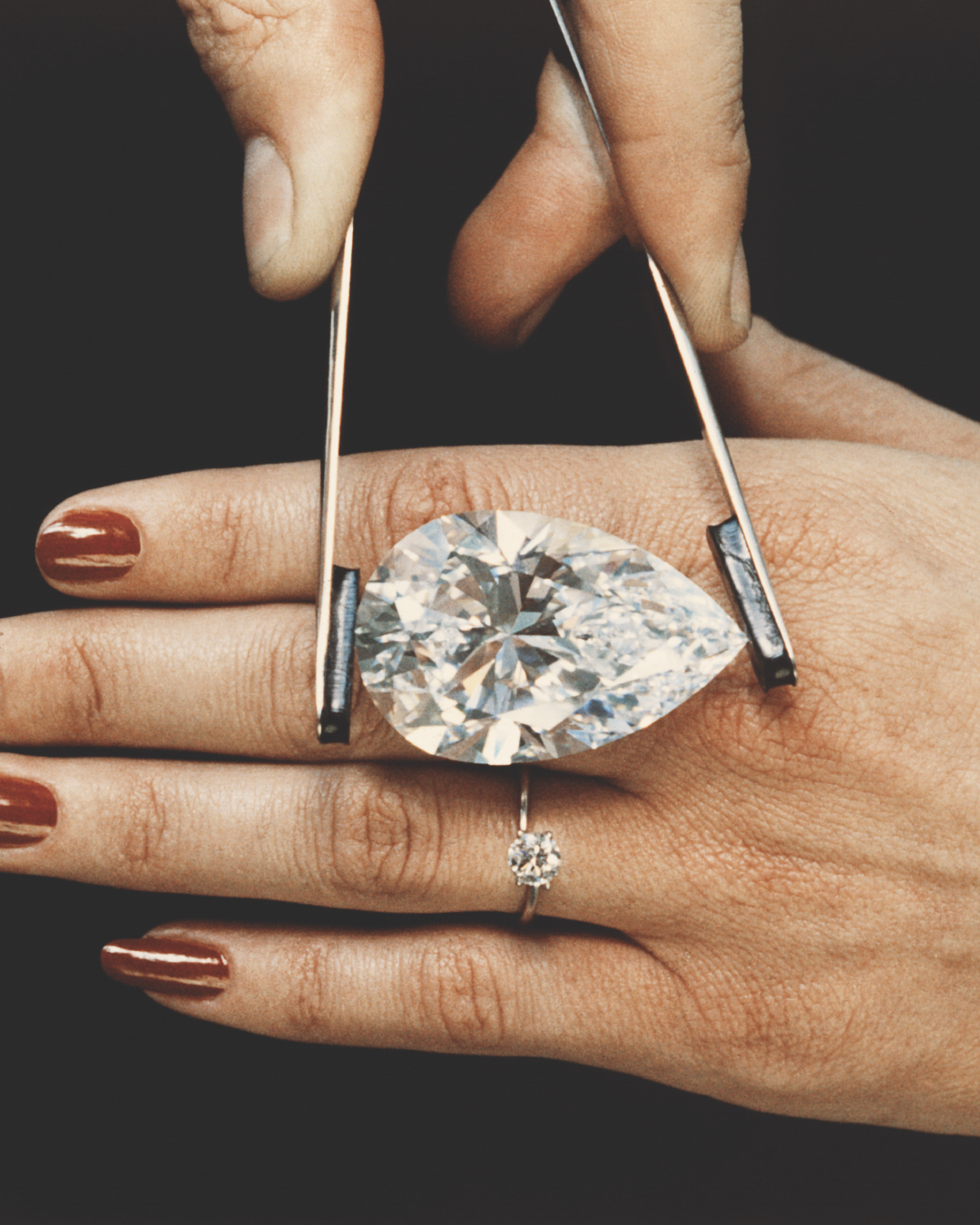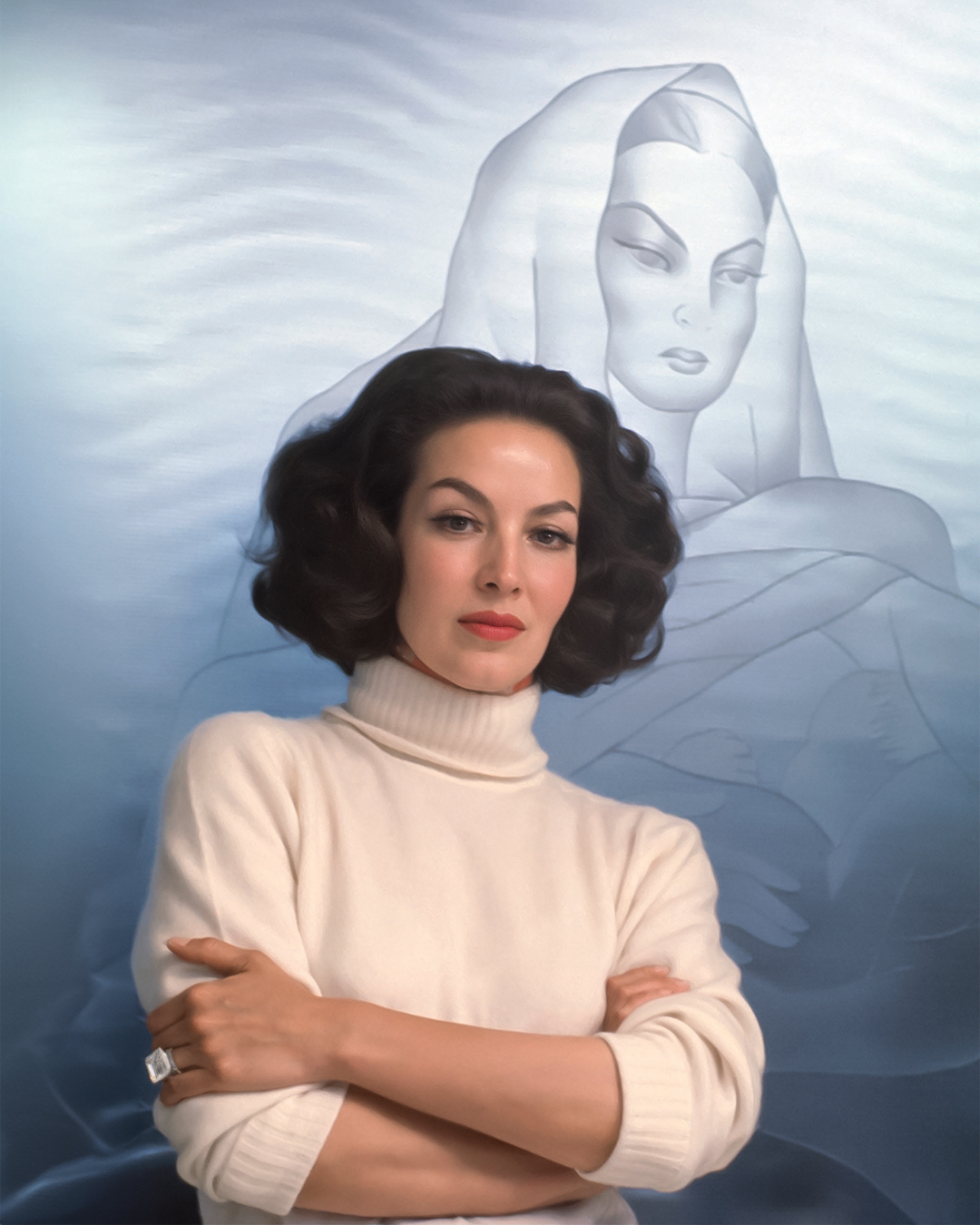The Goldberg Way: The Legacy of William Goldberg
A new book details how the man, the myth, and the legend, William Goldberg got his own stretch of Midtown Manhattan and his legacy.
Written by: Sam Broekema

Natural diamond dealer William Goldberg’s impact on the industry is showcased in a new book, written by Only Natural Diamonds’ editor-at-large, Jill Newman and Jackie Caradonio. The William Goldberg Way is more than a biography, it is a chronicle of how the natural diamond industry in New York grew from a village into a thriving hub of the jewelry community worldwide. At the center of this story is a pioneer, whose bravery and foresight allowed him to take calculated risks that set trends we still follow today. Many of the most famous stones in the world passed through his office, cut to his exacting standards. Names that need no introduction, such as the Premier Rose, Moussaieff Red, and the aptly named Pumpkin Diamond. It is also the story of Ashoka, the 62-faceted diamond cut, created and trademarked by William Goldberg. Jill Newman, along with William Goldberg’s daughter Eve Goldberg, the company’s creative director, shared the backstory about what defines the company and the man.
“My father used to have these very successful jewelers come up to the office,” Eve Goldberg tells Only Natural Diamonds. “I remember one in particular—my father showed him a stone, and he took out a loupe to look at it. My father grabbed it from him and said, ‘You don’t need to look at it with a loupe. Just look at it. Isn’t it beautiful?’ He was all about beauty. That was so important to him. It wasn’t what the certificates said. He couldn’t care less about a piece of paper,” she recalls. This tendency to start with the wonder of natural diamonds instead of the stats set him apart as an iconoclast and delineated the company’s ethos.

2024 marks the 25th birthday of the Ashoka, a distinctive cut that has inspired countless designers since introduced in 1999. The Ashoka was inspired by a legendary, nearly 42-carat D-flawless diamond named after the Buddhist emperor, Ashoka the Great. Sotheby’s auctioned the marvel in 1988, but an anonymous bidder swept in, and the stone hasn’t been seen again. William Goldberg worked for nearly a decade to perfect the cut. Federal patents, and a trademark of the Ashoka name, followed the triumphant release. The cut still inspires today, as evinced by this quote from Taffin’s James de Givenchy: “Nothing competes with a perfectly cut Ashoka. Put it next to an emerald cut of the same weight, and it looks a lot bigger, yet it has this beautiful soft fire. There is nothing like it out there.”
Jill Newman discovered his passion and verve consistent in every interview she conducted about William Goldberg, saying, “The book is timed to [Ashoka’s] anniversary, but it’s really telling the story of one of the founding fathers of 47th Street. He was a transformative person in making it what it is today. When he became the president of the Diamond Dealer’s Club [in 1973], he opened it up: he invited media and allowed women members for the first time, some of whose families had already been in the DDC for five generations. He made a difference.”

This doesn’t mean that he craved the limelight. This larger-than-life personality enjoyed working behind the scenes for the community he loved. Heavyweights from politician Chuck Schumer to jewelry designer Glenn Spiro speak to his tireless efforts to elevate those around him. Jill Newman demonstrates his influence, recounting a story from his son-in-law, Barry Berg. “If someone fell on hard times or had gotten on the wrong side of the industry, Bill would call the guy and ask him to meet on 47th Street and they would just walk down the street together,” he says. “That showed people that Bill stood by him, and he was okay. ‘Well, if Bill is walking with this guy, he’s okay.’ I think that sums up how things were.”


This tendency to start with the wonder of natural diamonds instead of the stats set him apart as an iconoclast and delineated the company’s ethos.
William Goldberg knew the importance of the finer things, wearing custom-made suits by the same tailor as Nelson D. Rockefeller. Though Eve jokes, “We used to laugh saying Nelson Rockefeller doesn’t dress that well…but he loved that. He’d only travel first class; he would take the Concorde. But he would make sure to treat everybody as equals. He loved to go into the factory, roll up his sleeves, and just hang out with the guys and have lunch with them.”

The famously discreet visionary designer Joel Rosenthal, known as JAR, sums up the man and brand in the book by saying, “Bill and [his wife] Lili and their adoring tribe were, and are, the brilliant—no pun intended—intermediary between earth and eternity, turning rock into beauty like no one else.”
William Goldberg passed away in 2003 and in 2006 the man’s impact was cemented in the stretch of 48th Street between Fifth and Madison, now known as William Goldberg Way for posterity.
